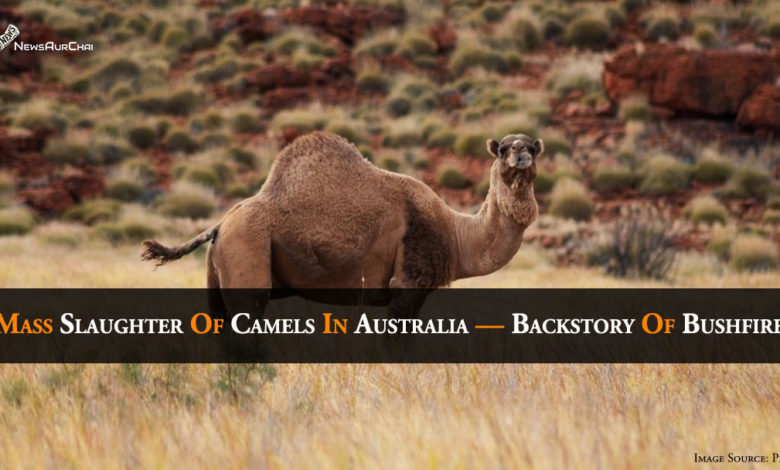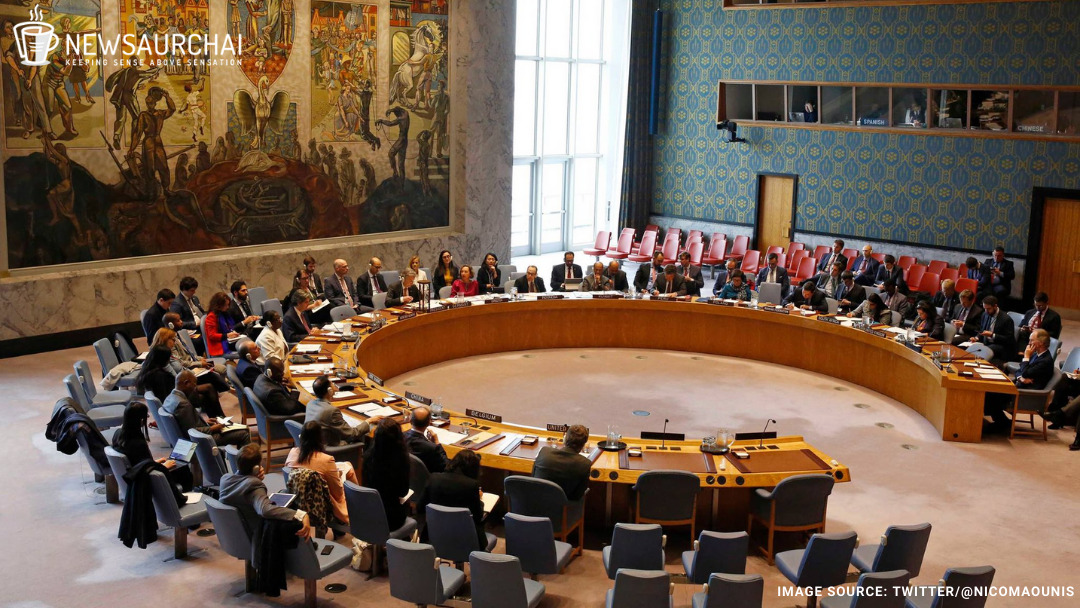Mass Slaughter of Camels in Australia — Back-Story of Bushfire

Australia has opted for a culling of feral camels in the outback region of Southern Australia for combating the drought-stricken condition of the continent. Though the mass killing of camels and the raging bushfires are not directly related, they share a coinciding time of occurrence, and cause of event—extreme heat and drought. The culling process started on January 8, 2020, and culminated on January 13, 2020, with around 5,000 camels shot down by aerial snipers (almost 10,000 were estimated to be killed).
In Australia, 2019 has been recorded to be the driest and hottest year ever, with rainfall 40% below average levels. Bushfires are common occurrences during summer in Australia, but the season has set in months earlier, killing around 25 people, burning 1.5 crore acres of land (a region as large as South Korea), and massacring approximately 1 billion animals—more devastating than California and Amazon fires combined.
Battling the drought, herds of feral camels invaded the dwellings of Aboriginal communities of Outback Australia. The indigenous communities are suffering as these camels threaten limited food and water resources–suck water-holes dry, contaminate water (ageing camels often get stuck, die and eventually rot in these holes, polluting them), damage infrastructure, fences, cultural sites, trample native flora, and minimise sustenance for native animals like dingoes and birds. Camels also emit methane equivalent to one ton of carbon dioxide per year, a huge carbon footprint, adding to climate change. A 2013 survey revealed that these camels incur dollar 11.5 million annually due to the damage they cause. The killing has taken place in Anangu Pitjantjatjara Yankunytjatjara (APY Lands), sparsely populated land in Southeast Australia, inhabited by around 2300 Aboriginals. According to The Australian, Aerial marksmen riding in two Robinson R44 four-seat light helicopters are culling the animals.
Camels are not native to Australia, but were imported from India, Afghanistan, and the Middle East by British settlers during the 1840s to discover the rugged interiors of the continent, being more competent than their horses. With the advent of automobiles, they were set free to roam the terrain. Here they multiplied by huge numbers, their figures reaching 1 million—world’s largest herd of wild camels—the number doubling every nine years. Thereby, from essential transport to “pests” or alien invasive species, the journey of these camels is rather tragic. Australia undertook the process of elimination by shooting during 2012, and the numbers had reduced significantly, only to be exploded again.
The Government termed the process to be “most humane” way of eradicating them, while APY leaders said it was “an absolute success”. PETA has admonished the action: “One inane tactic that officials have come up with to combat the problem includes shooting up to 10,000 thirsty camels from helicopters, just because they drink large amounts of water. More than a billion animals have already died, and Australian officials want to add thousands of more individuals to the death toll—individuals who are just as much residents of south Australia as its human inhabitants and who are just as deserving of making it out of the Australian fires alive.”
PETA has also provided an alternative solution to combat climate change—going Vegan. It is believed by this; animals would be saved from burning in wildfires and being killed in slaughterhouses.






One Comment